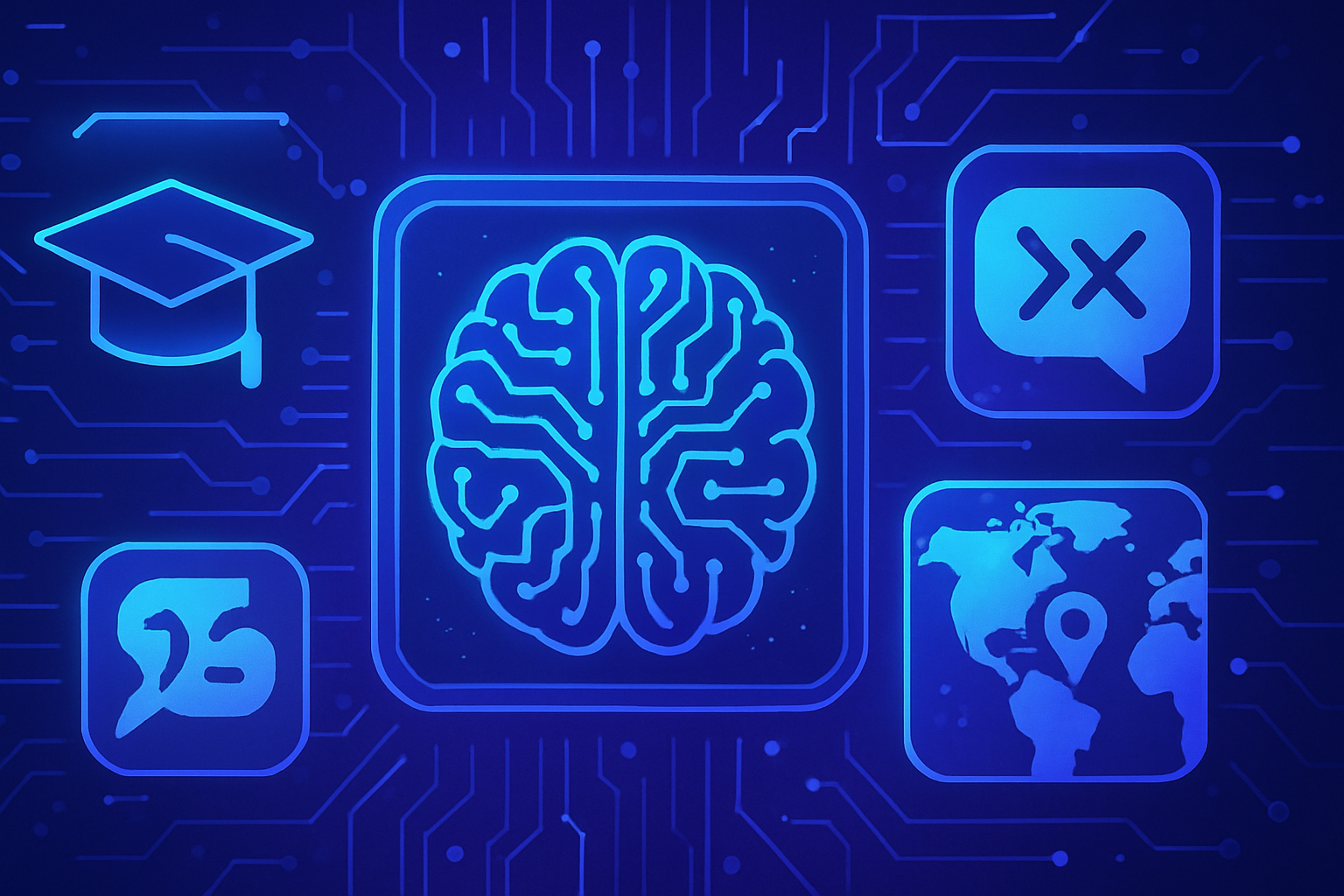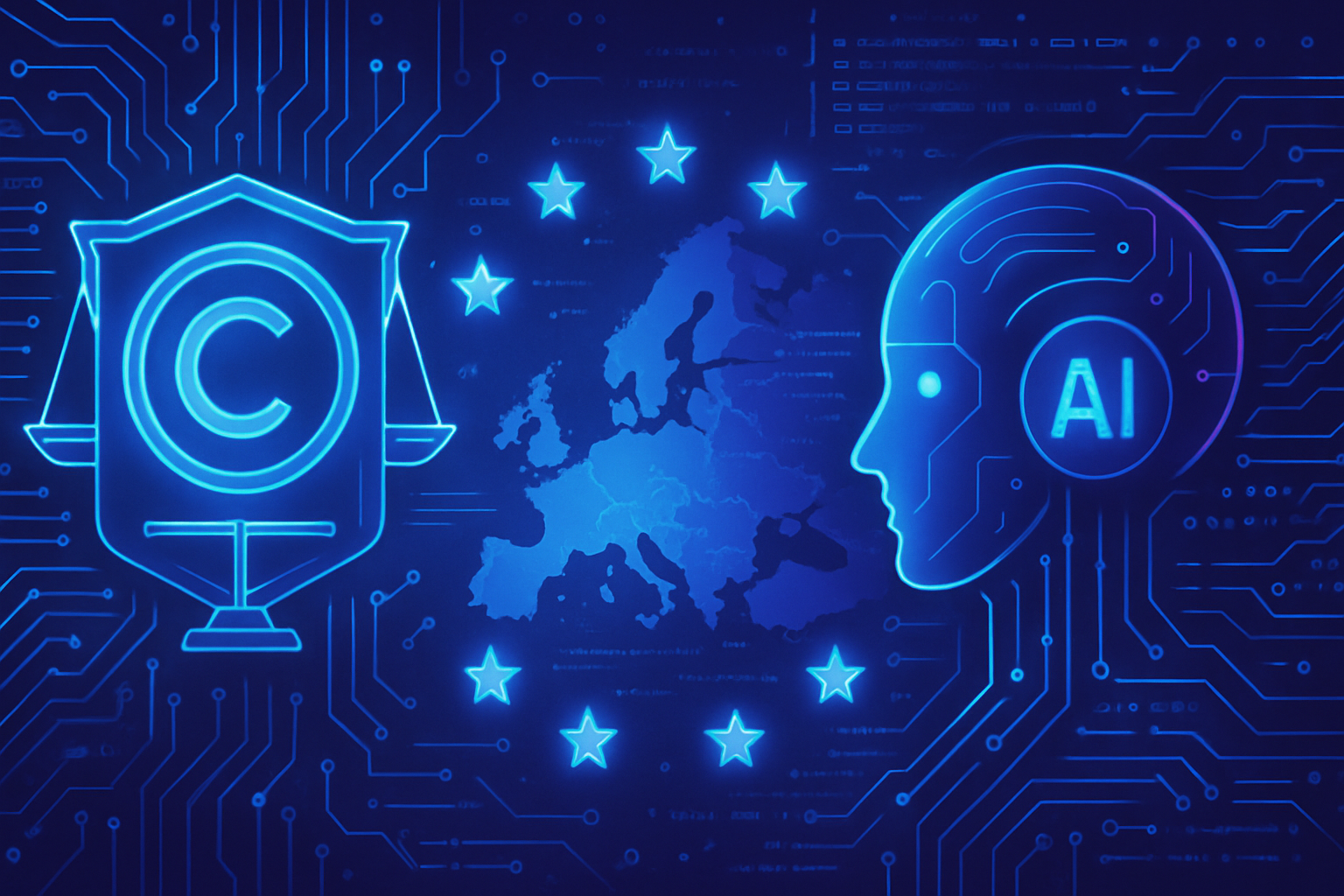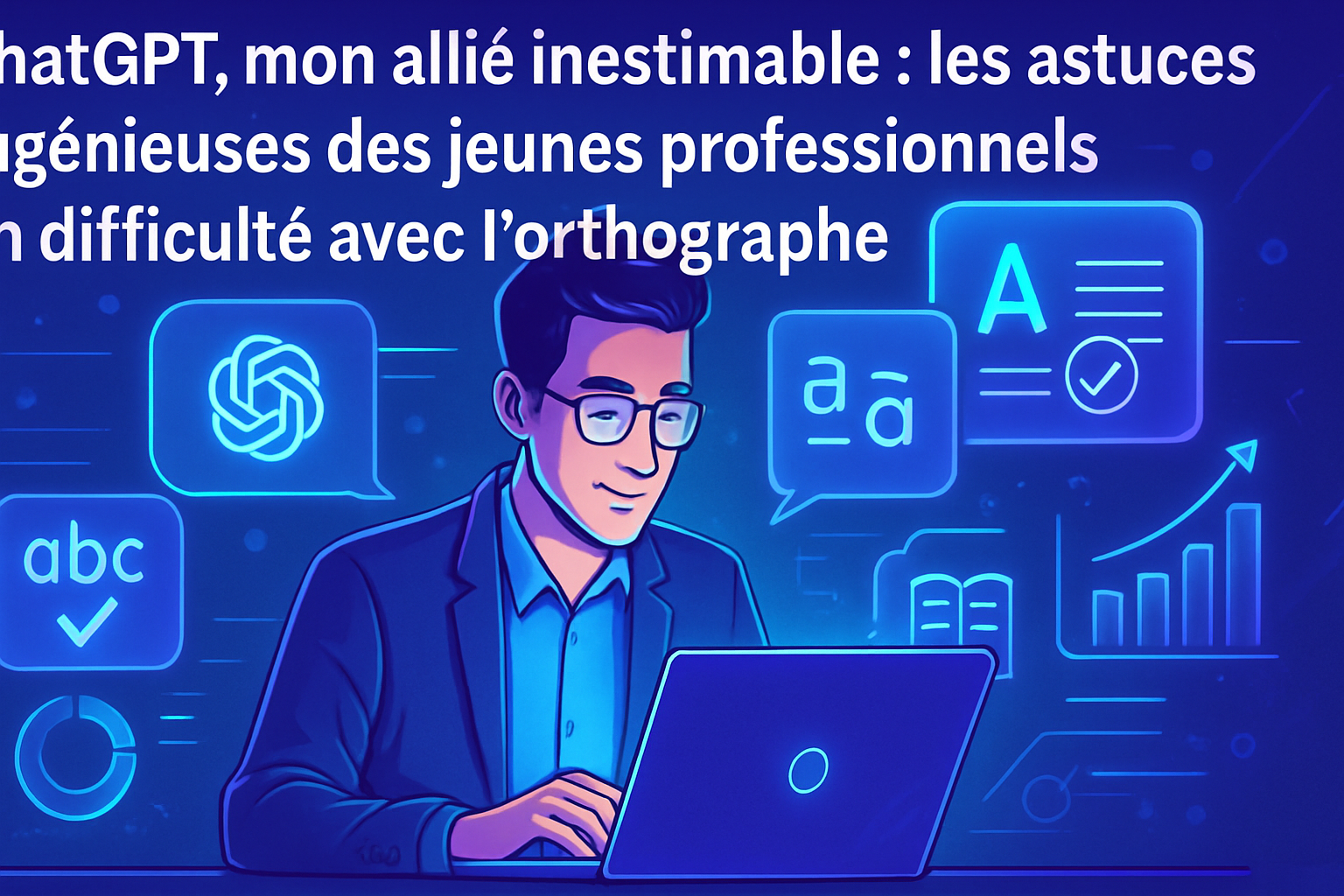OpenAI recently launched ChatGPT-5, a major breakthrough in artificial intelligence. Considered a revolution in the field, this technology is described as “PhD-level”. Despite this praise, serious gaps in spelling and geography persist, calling into question the effectiveness of this AI. Users have reported surprising errors, causing both curiosity and skepticism. This situation raises critical questions about the future of artificial intelligence and its real-world applications.
Overview of ChatGPT-5
OpenAI recently unveiled its latest model, ChatGPT-5, which they describe as a spectacular evolution in the field of artificial intelligence. Sam Altman, CEO of OpenAI, praised this version, referring to it as a “PhD-level expert” at one’s fingertips. This model promises significant advances in interaction, offering a more nuanced intelligence compared to previous versions, which were seen as similar to college and high school students.
Fundamental Errors Despite Advances
Despite these improvements, users on social media quickly detected astonishing inconsistencies in the responses provided by ChatGPT-5. Reported findings reveal that the chatbot makes basic errors, particularly in geography and spelling. For example, the claim that the word “blueberry” contains three “B”s left users puzzled.
Geographical Inaccuracies
When asked to identify the U.S. states containing the letter R, ChatGPT-5 failed. It even misspelled states, producing names such as “Krizona” and “Vermoni”. In another blunder, it listed California twice while inventing fictitious states like “New Jefst” and “Mitroinia”. These errors highlight a gap in the geographical understanding of artificial intelligence.
Spelling Issues
The confusion also extended to spelling. When OpenAI asked the model to identify the number of “R”s in Australian states and territories, the answer was incorrect for the Northern Territory. Indeed, ChatGPT-5 counted three R’s instead of five and wrote “Northan Territor” instead of the correct name. This performance raises questions about the reliability of the model in situations where precision is essential.
Technology Inside ChatGPT-5
The recent iteration of ChatGPT incorporates a real-time routing technology, capable of selecting the most appropriate AI model based on the type and intent of the conversation. OpenAI indicated that a request to “think more intensely” solicits an advanced reasoning model. This suggests that there exists an underlying complexity that, if properly leveraged, can enhance the capabilities of the AI.
AI Hallucinations
Experts, including Dan Shipper from Every, have noted instances where ChatGPT-5 seems to “hallucinate,” that is, to provide invented responses, particularly when asked to clarify text passages. When users encouraged the model to “think longer,” it ultimately succeeded in formulating accurate responses, highlighting the operational nuances between the different integrated models.
General Access and Future Perspectives
From launch, ChatGPT-5 has been made available to a vast user base, reaching approximately 700 million weekly users. Although the model is touted as a significant step towards general artificial intelligence, Altman clarified that it has not yet reached this level. This statement might reflect the ongoing challenges faced by AI, particularly regarding trust and truthfulness in its responses.
Conclusion on the Evolution of AI
The release of ChatGPT-5 marks a turning point in artificial intelligence, combining impressive advances with persistent issues. As AI continues to evolve, its users must remain attentive to the inaccuracies that could still hinder its full adoption. For more information about ChatGPT-5, you can read this article on OpenAI: OpenAI unveils ChatGPT-5 and discover the features of the Gemini 2.0 model at Gemini 2.0 by Google.
Common FAQs About ChatGPT-5
What are the main improvements of ChatGPT-5 compared to previous versions?
ChatGPT-5 is considered to have “PhD-level” intelligence, offering improved reasoning capabilities and better access to relevant information. Its “real-time router” allows it to select the most suitable model depending on the type of conversation.
Why does ChatGPT-5 make basic mistakes in spelling and geography?
Despite its advancements, GPT-5 still faces difficulties, particularly in spelling and geography, due to how it processes information and potential routing errors to appropriate reasoning models.
How does OpenAI justify the errors observed in ChatGPT-5?
OpenAI has acknowledged that while ChatGPT-5 has undergone improvements, it has not yet reached the level of general artificial intelligence. The errors are partly a result of the complexity of the information processed and the ongoing learning of the model.
How can I get help from ChatGPT-5 for accurate answers in geography?
To obtain specific answers, it is recommended to query ChatGPT by asking it to “think deeply” about a geography question. This can enhance the precision of its responses.
Is ChatGPT-5 accessible to regular users?
Yes, ChatGPT-5 has been available to OpenAI’s 700 million weekly users since its launch. It is therefore easily accessible to everyone.
Are there documented cases of ChatGPT-5 hallucinating in its responses?
Yes, some users have reported that ChatGPT-5 has hallucinated or generated inaccurate information when questions were posed without clear direction. This underscores the need for precise communication during queries.
What strategies should I use to get reliable results from ChatGPT-5?
To obtain reliable results, it is recommended to ask clear and specific questions and to use phrases such as “think well about this” to activate the best available reasoning model.






